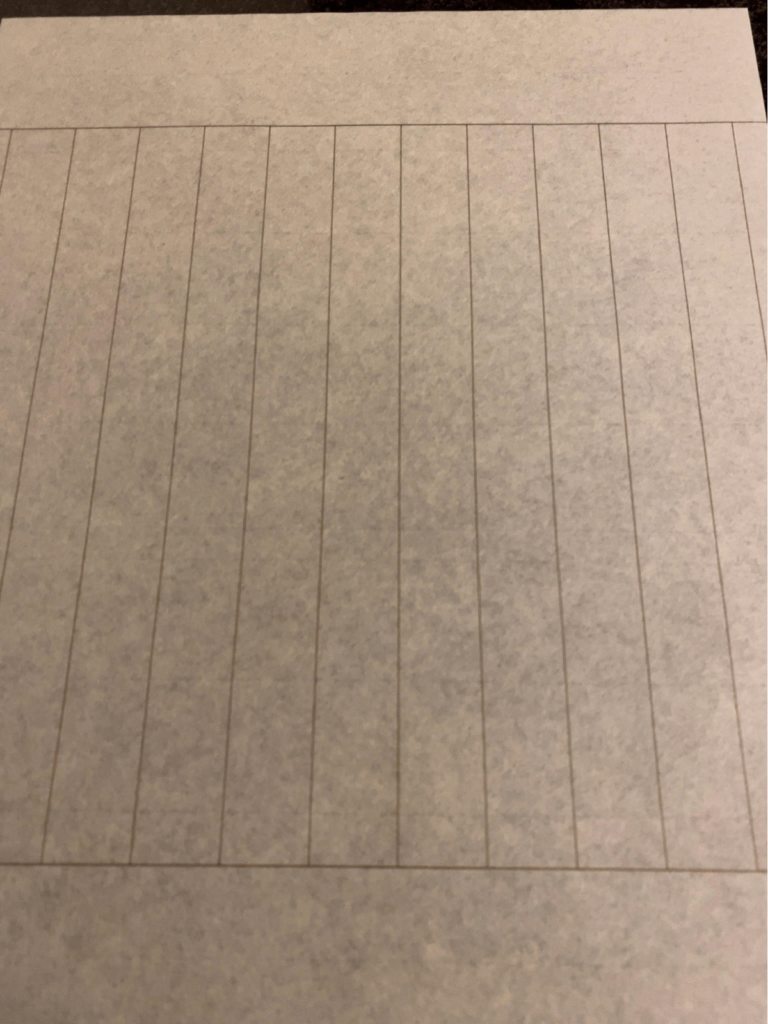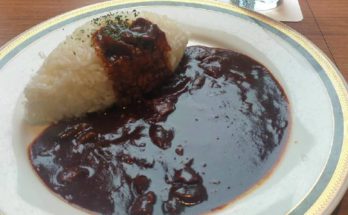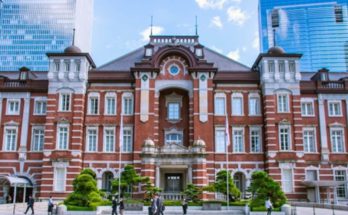Welcome to my new blog post about Japanese experiences.
Many HTJ writers have posted pictures of various shrines and temples and explanations of them in wonderful articles.
I had the idea to attend some about Buddhist rituals.
The rituals I attended are called Zazen “坐禅” and Syakyo “写経”.
Some temples allow guests to do them.
I tried them out earlier, and I would love to share my experiences with you.
I also started to collect stamps at the temples that are called Gosyuin “御朱印”.
I will write about them!!
Experience Ⅰ: Zazen “坐禅”
I tried Zazen earlier, so I would love to share about my experience.
First of all, Za means sitting. Zen means a lot of things…. In short, zen helps us cultivate our mind.
Zazen originated from Buddhism, so Buddhists do it as a kind of training.
This famous statue in Kamakura is doing Zazen.

Next, I will explain how to do it, especially how to sit in the right position.
1. Legs
Sit down cross-legged on the floor.
Check that your spine is straight over your pelvis.
You can put the top of one foot on your other leg around the knee.
2. Hands
Raise your hands and stretch your back, then put your hands down and relax.
Place your right fingers on top of your left fingers then let both thumbs touch each other to make a circle.
3. Eyes
Don’t close your eyes, but slightly open them. Don’t look straight forward and gaze at everything. It may be better to look down one meter or so.

Thirdly, how you breathe is important for Zazen.
We were told this by the monk for beginners, not for monks in training.
1. Breath
Breathe in through the nose and breathe out longer or slowly through the nose.
The monk said to listen for a noise of friction between air and the inside of the nose.
2. Count
Count from one to ten in your mind when you finish breathing out.
The monk said beginners are not able to count well but if you fail you should start over from one, every time.
3. Thoughts
We must not think of anything. We must just concentrate on our breathing.
The monk said, “Not only beginners but also monks think about what we will do after Zazen, what we did last week or what we should have done with regret etc. The most important thing is concentration at this time, and this moment should not be wasted on ourselves. That’s the training we live for now.”
Lastly, Zazen makes us do self meditation, I suppose.
My first experience was a failure, I couldn’t count from one to ten well, and I thought about a lot of things.
However, my mind was refreshed by doing Zazen.
Experience Ⅱ: Syakyo “写経”
I would love to share my experience with Syakyo, too.
First, sya “写” means transcribe, and kyo “経” means sutra.
Syakyo was needed to transcribe when Buddhism was transferred from China to Japan around the seventh century, because there was no print technology.
Now, it is like training to be a monk or meditation and mindfulness for ordinary people.

1. Preparation
You need a sheet of paper that can be used to transcribe a document, brush and ink.
Actually, a sutra is also needed. You can easily find ones that are mainly copied from famous ones.
2. Tips
Just concentrate and write respectfully while thinking about the meaning of the Sutra.


I don’t deeply follow the meaning of this sutra, but it expresses thankfulness for the god of mercy and prays many times to make our mind slightly calm and for many things to go well.
By the way, it was just forty two characters but it took almost thirty minutes to transcribe until the end, and my left arm was sore afterward from holding onto the paper.
Maybe that’s because I don’t use a brush or pencil much with my right hand these days and I might be pressing too firmly.
Experience Ⅲ: Goshuin “御朱印”
Many temples and shrines give us stamps, although not for free, to collect on a stamp card.
These stamps are called Gosyuin ”御朱印”. Syu means red “朱”, and stamp are called in “印”.
“御” is a respectful character added to the beginning of significant words.
They are written or drawn with a brush and stamped in red with the date written by the person in charge at each temple.
This means, it is the only thing that is given by them even if it is given at the same place.
And stamp collecting books are popular, too.
It is like a notebook with space to write or draw on the next page, a new writing and a stamp.
Some give a sheet of paper to be put into the book if you forget to bring the book with you.
I meet many foreigners in line to get Goshuin these days.
Someday I will show you where to get them with some travel information.


For instance,
I had these experiences at the Engakuji Temple ”円覚寺” near Kitakamakura station in Kanagawa prefecture.
Here is a link to their youtube channel with explanations about how to zazen with English subtitles.
Please visit their website, too.
https://www.engakuji.or.jp/en/

I have been learning English for about 3 years. I have joined many kinds of English schools or social networking to get knowledge and skills for English since then.
My target for learning English is not so clear but my curiosity leads me to make a conversation with everyone in the world with English.
See you somewhere!





 HTJ has a YouTube page! Check it out
HTJ has a YouTube page! Check it out